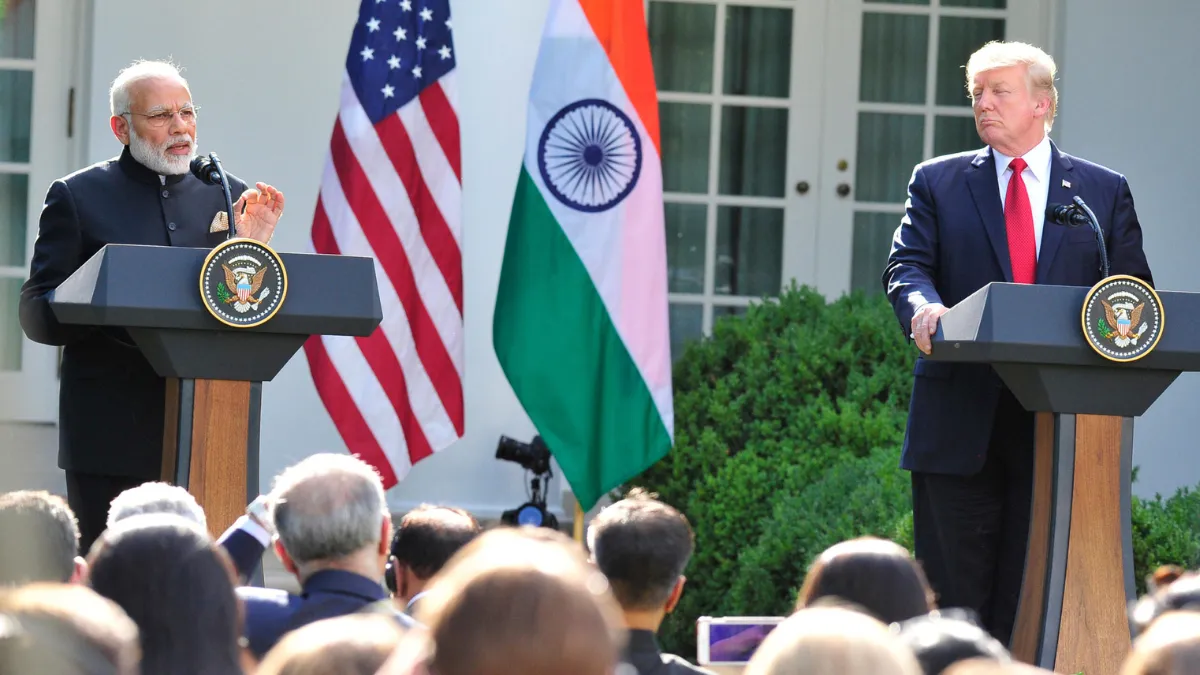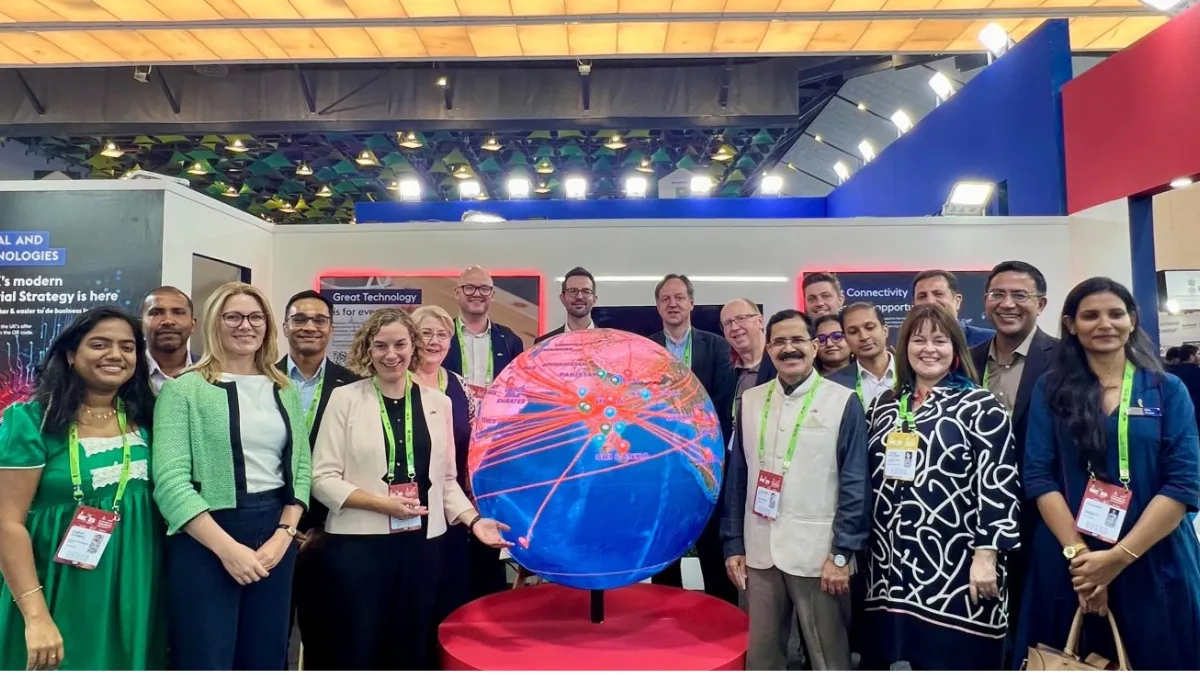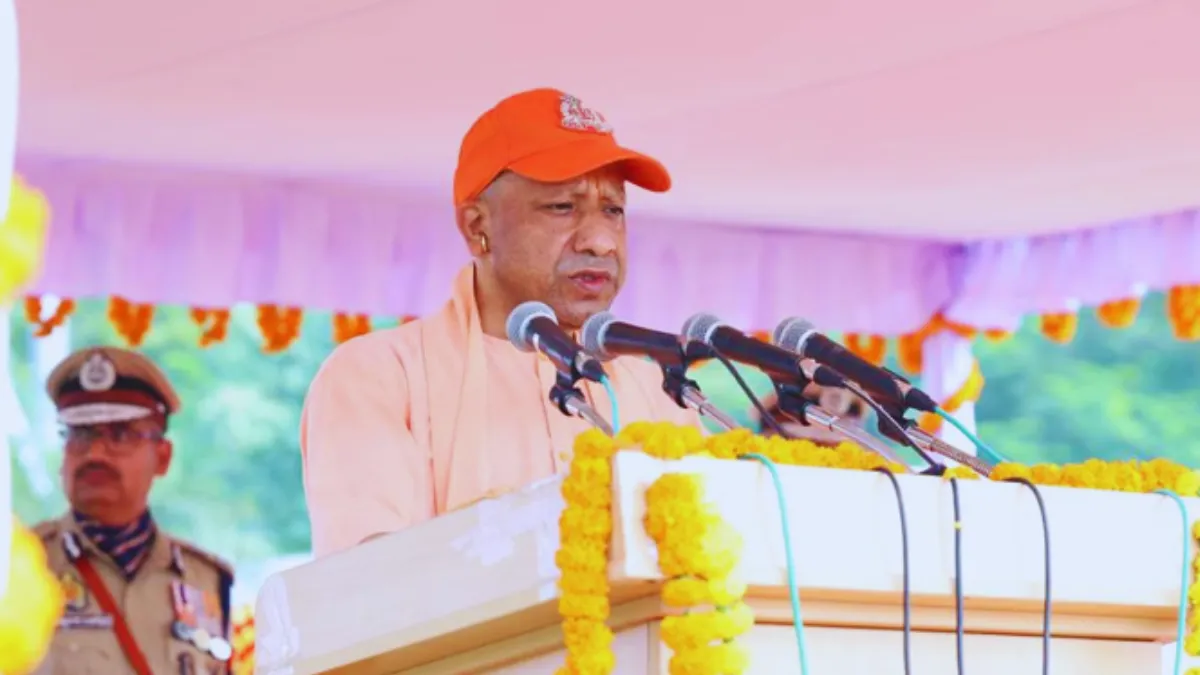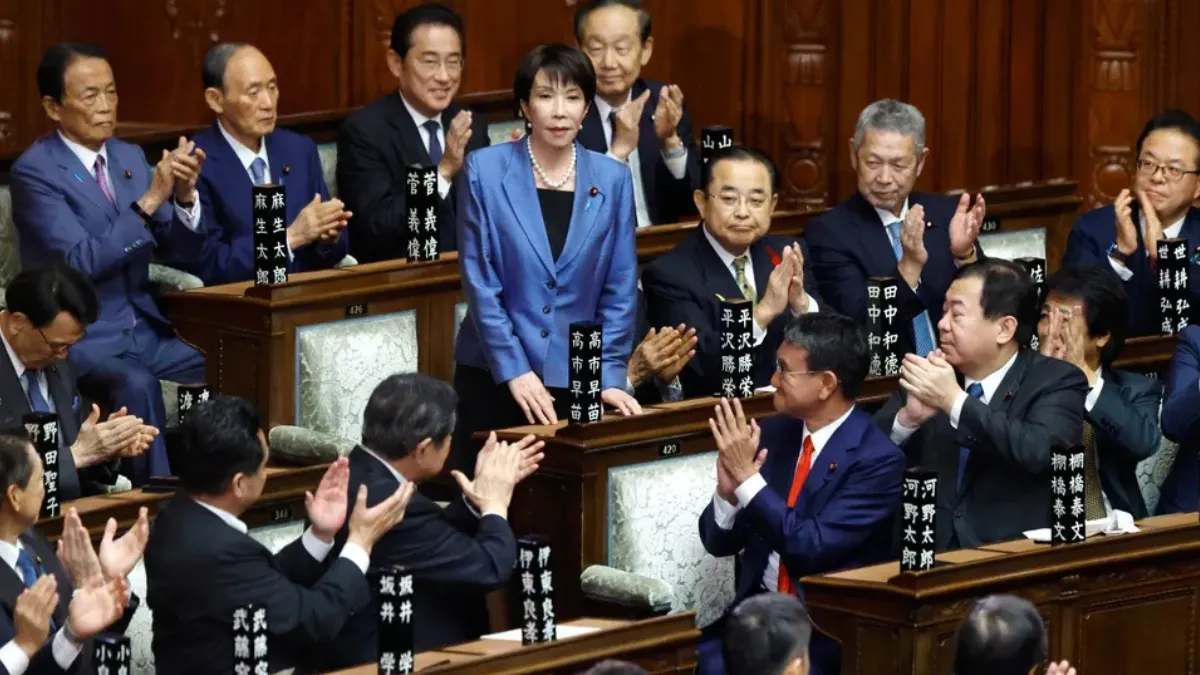New Delhi/Kuala Lumpur: A possible meeting between Modi and Trump is being closely watched by global observers as Prime Minister Narendra Modi and US President Donald Trump may share the stage during the upcoming ASEAN Summit in Kuala Lumpur later this month. If the two leaders confirm their participation, it will mark their first face-to-face interaction since trade ties between India and the United States were severely strained by Washington’s decision to impose heavy tariffs on Indian goods.
The First Meeting Since the Tariff War
Prime Minister Modi is scheduled to visit Malaysia for the 47th ASEAN Summit on October 26–27. Malaysia has extended invitations to several world leaders, including President Trump. If Trump confirms his attendance, it will provide a rare opportunity for direct talks between the two leaders after months of escalating rhetoric and trade disagreements.
The United States, under Trump’s leadership, slapped a steep 50 percent tariff on Indian exports. The move was announced in two stages—first a 25 percent tariff, followed shortly by an additional 25 percent. The tariffs were linked to India’s crude oil purchases from Russia, a matter Washington has repeatedly raised due to the ongoing Ukraine war.
This sudden spike in tariffs pushed bilateral relations to one of their lowest points in years. For India, the measure was seen as not only damaging to trade but also politically unfair. New Delhi termed the move “unjustified, unfair, and unreasonable,” stressing that India’s economic partnerships are driven by national interest.
India’s Firm Stand on Farmers and Fishermen
Prime Minister Modi strongly defended India’s position in the wake of the tariff crisis, particularly with regard to protecting domestic producers. He assured the nation that his government would never compromise on the interests of farmers and fishermen, many of whom are directly affected by international trade policies.
This stand became even more significant as Trump’s aides sharpened their rhetoric. White House trade adviser Peter Navarro controversially described the Ukraine conflict as “Modi’s war,” accusing India of acting as a “laundromat” for Russian oil through its refineries. Such remarks only added fuel to the already tense situation, pushing relations into unfamiliar territory.
Signs of a Thaw in Relations
Despite the tough talk, the weeks that followed hinted at a softening of tone between Washington and New Delhi. The most visible sign of this thaw came through social media, where both leaders publicly expressed admiration for each other.
President Trump referred to Prime Minister Modi as a “great friend” and a “great Prime Minister,” signaling a willingness to rebuild bridges. Modi responded in kind, describing the India-US relationship as “positive and forward-looking.”
The warmth extended beyond political statements. On Modi’s birthday, Trump extended personal greetings and soon after highlighted that he was “very close” to India and enjoyed a strong rapport with its Prime Minister. These exchanges suggested that despite policy differences, personal diplomacy could play a major role in shaping the future of India-US ties.
Also read: Bsnl 4G Launch Nationwide: PM Modi Inaugurates High-Speed Connectivity Across India
ASEAN Summit: A Critical Stage
The ASEAN Summit in Kuala Lumpur is expected to host crucial discussions on trade, regional security, and geopolitical partnerships. A possible meeting between Modi and Trump on its sidelines would not only be symbolic but also strategically important.
Experts believe that such a meeting could serve as a reset button for strained ties. With global challenges like the Ukraine war, energy security, and Indo-Pacific stability at the forefront, the two democracies may find common ground despite recent friction.
Both leaders are also known for their assertive diplomacy. Modi has consistently emphasized India’s role as a global partner in peace and development, while Trump has maintained a “deal-making” approach to foreign policy. Their interaction in Malaysia could therefore open a new chapter in negotiations, blending pragmatism with personal rapport.
Also read: Brahmapur to Udhna (Surat) Amrit Bharat Express Route, Timings, Stoppages, and Complete Details
What the World Expects
For global markets and political observers, the stakes are high. India is seen as a critical partner in balancing power in Asia, especially in light of China’s growing influence. The United States, on the other hand, remains India’s top trade partner and a key ally in defense and technology.
Any effort to normalize ties after the tariff standoff would have far-reaching implications. From trade negotiations to joint military exercises, and from clean energy partnerships to high-tech collaborations, the trajectory of India-US relations will influence not just bilateral interests but also regional stability.
Also read: PM Modi Flags Off Amrit Bharat Express in Odisha, Launches ₹60,000 Crore Development Projects
Conclusion: A Moment of Opportunity
The possible meeting between Modi and Trump in Malaysia represents more than just a diplomatic formality—it may be the turning point that decides whether New Delhi and Washington can overcome recent trade disputes and reestablish trust.
While tariffs and trade wars created deep rifts, the exchange of warm words between the two leaders has kept the door open for reconciliation. If the meeting takes place, it will be closely scrutinized for signs of compromise, cooperation, and future collaboration.
As the world looks toward Kuala Lumpur, the spotlight will remain on the personal chemistry between Prime Minister Modi and President Trump, and whether it can once again steer India-US relations back onto a stable and constructive path.


















